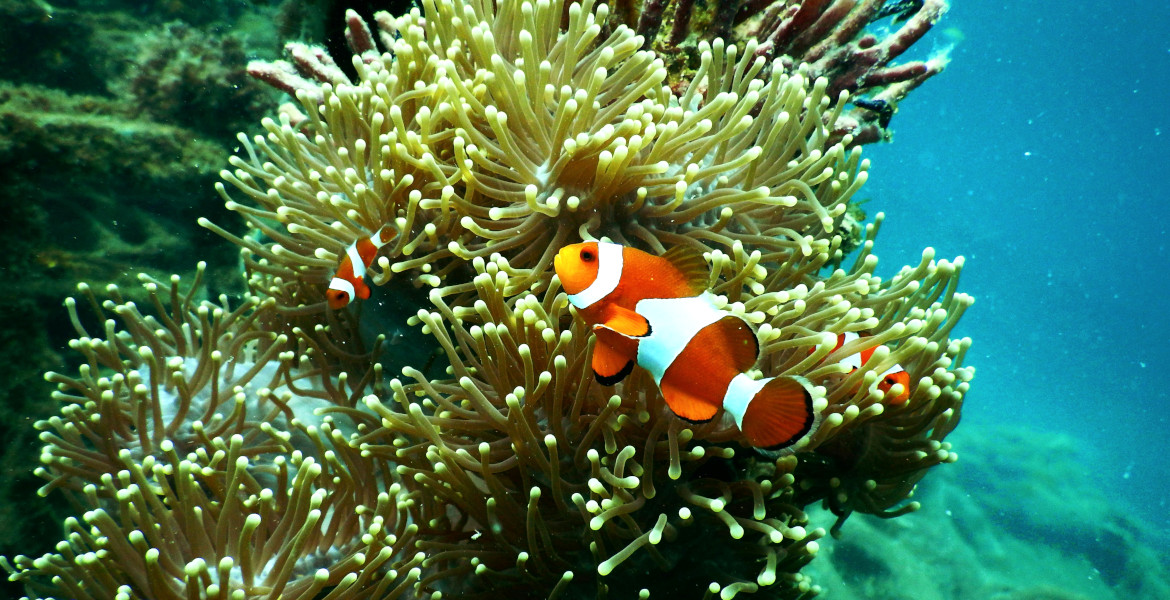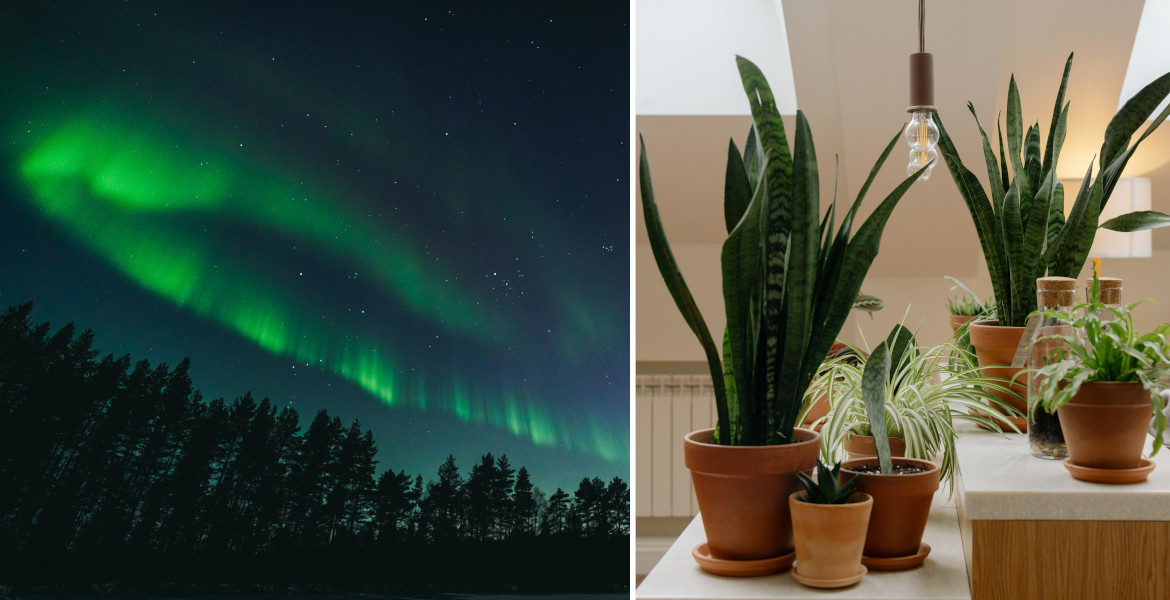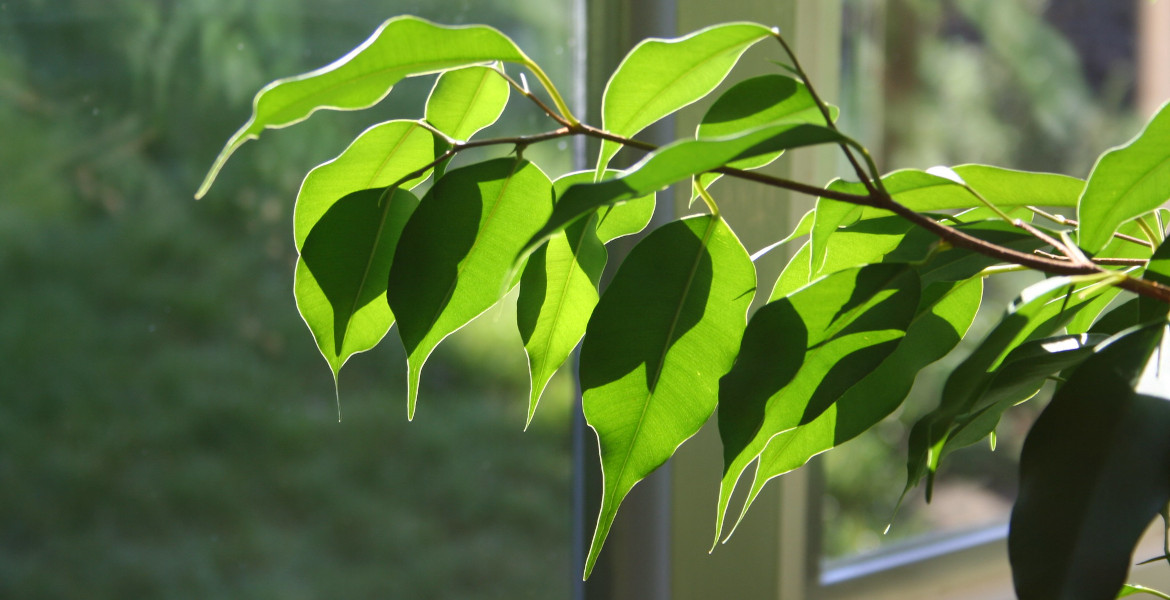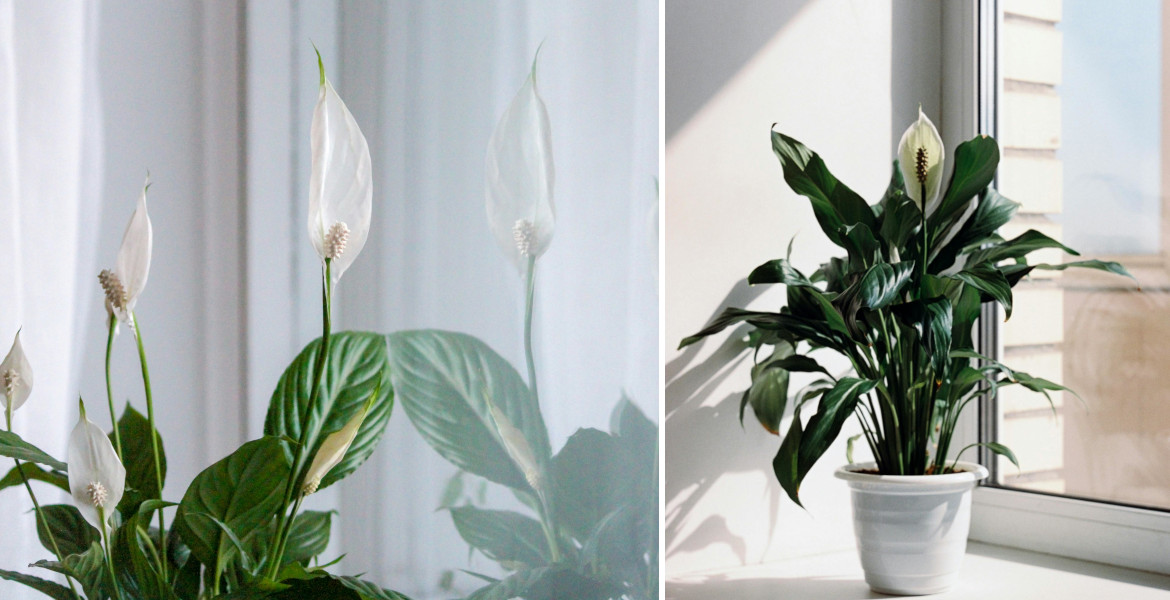Artificial light is making coral reefs more dangerous for prey fish, according to a new study. Among other things, it can wake sleeping fish and attract predators, drastically altering the nightlife of coral reefs.
Light pollution, i.e. man-made light, has doubled approximately every eight years, according to a study from 2023. Artificial light has a significant impact on the environment and has been increasingly identified as a contributing factor to, among other things, the deterioration of pollination, mass death of insects and negative effects on birds.
It has also been shown to affect marine life, especially fish. Artificial light affects 22% of the world's coastlines, equivalent to 1.6 million square kilometers.
More dangerous coral reefs
Light pollution also affects about 15% of the world's coral reefs, creating a very different environment compared to that provided by natural darkness. A new study from the University of Bristol, together with researchers from French Polynesia and Chile, shows that coral reefs are becoming particularly difficult for prey fish to live in.
–When the sun sets, coral reefs undergo a dramatic transformation. The vibrant fish we see in the day retreat to sleep among the corals and elusive nocturnal species emerge from caves and cervices in pursuit of prey, said lead author Dr. Emma Weschke in a press release.
The researchers used custom-built underwater infrared night vision cameras to film the reef at night without disturbing the behavior of the fish, since fish cannot see infrared light.
When artificial light illuminates coral reefs at night, it makes it harder for fish to hide from nocturnal predators. The light also attracts predators, and fish that normally sleep stay awake.
– Many of the species detected on artificially lit reefs were not nocturnal fish, but those that are only usually active during the day. Finding that light pollution can cause fish to stay awake later than usual is concerning because sleep - like for us - is likely essential for regenerating energy and maintaining fitness, says Dr. Weschke.
There is hope
It took an average of 25 days of exposure to artificial light for these changes to occur. Only a few days were not enough, which the researchers welcome because, conversely, reducing light pollution can have a relatively immediate effect.
– Unlike greenhouse gasses and plastics, artificial light is a pollutant that doesn’t leave a residue when switched off. Limiting artificial light in both its intensity and duration, prioritizing it for essential needs and reducing aesthetic use, will help reestablish naturally dark nights that marine ecosystems evolved with, says Emma Weschke.












